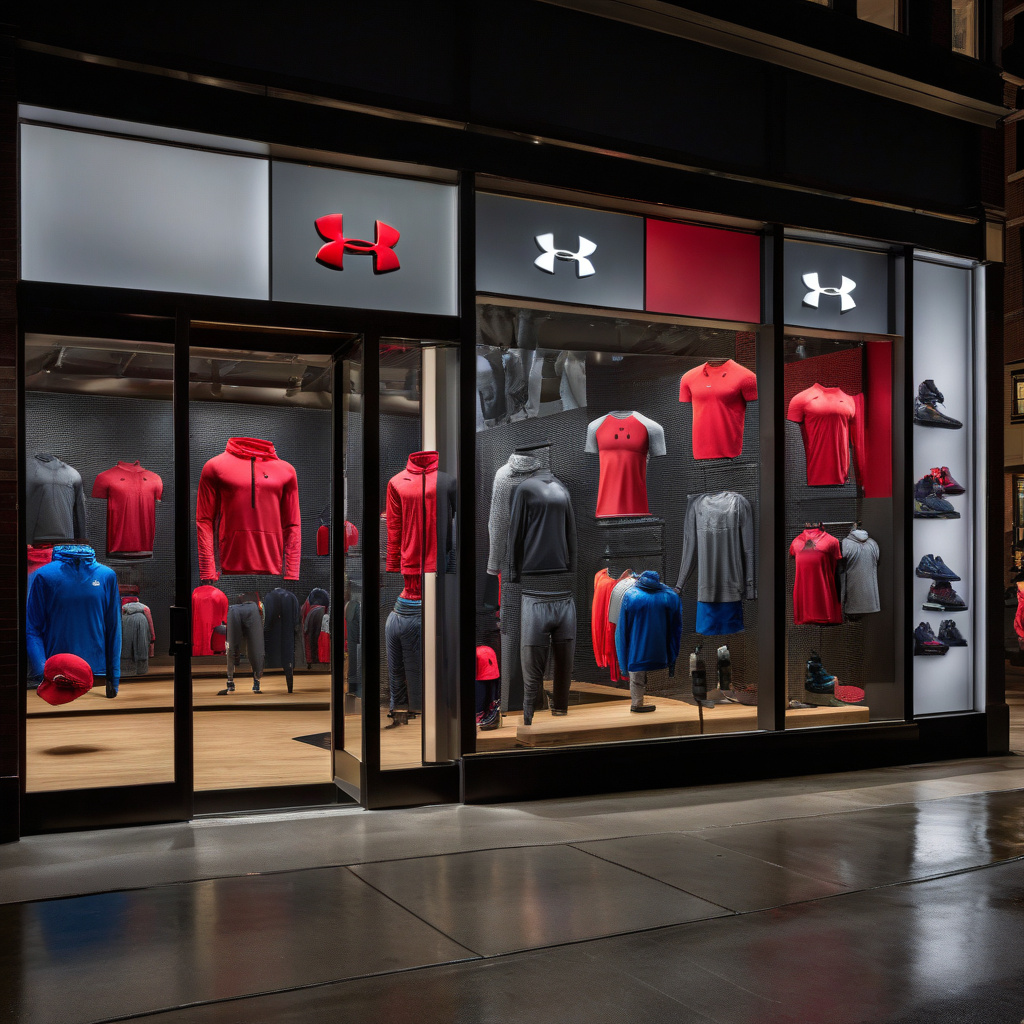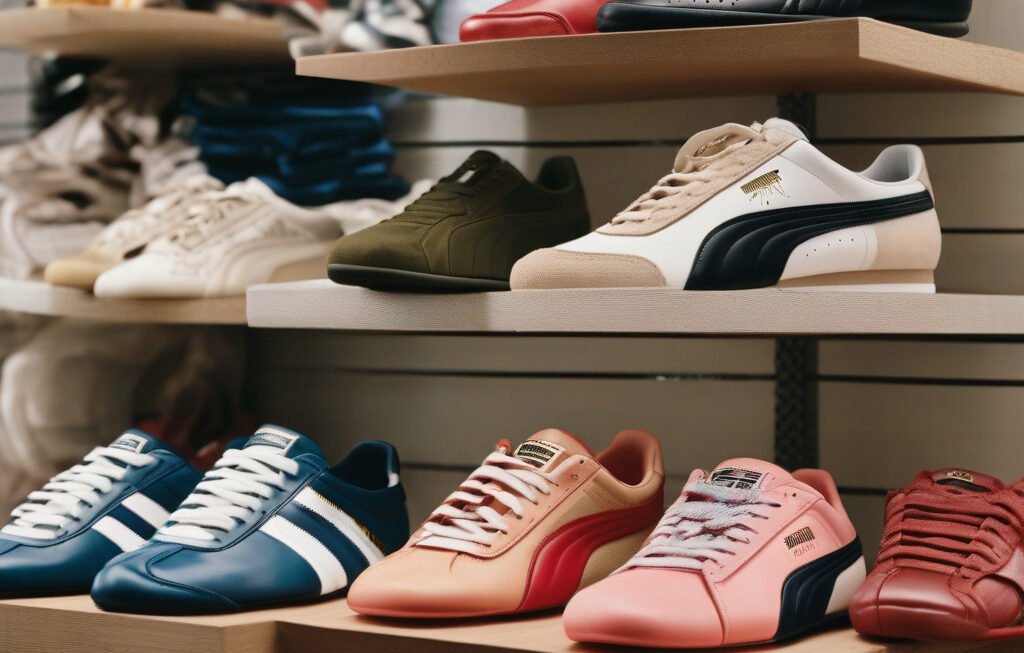Under Armour Forecasts Downbeat Second-Quarter Sales
Under Armour, the Maryland-based sportswear maker, is facing yet another challenge as it forecasts downbeat second-quarter sales. The company has been grappling with a decline in demand over the past two years, and its efforts to revive the business have been further hampered by the Trump administration’s shifting tariff policies.
The sportswear industry is highly competitive, with brands constantly vying for consumers’ attention and dollars. Under Armour, once a powerhouse in the market, has seen its sales falter as it struggles to keep up with changing trends and consumer preferences. The company’s once-loyal customer base has started to look elsewhere for their athletic wear needs, turning to competitors who offer a wider range of products and cater to evolving tastes.
One of the key factors contributing to Under Armour’s sales decline is its inability to innovate at the pace of its rivals. While other brands have embraced new technologies and materials, Under Armour has lagged behind, offering products that fail to excite consumers. In an industry where performance and style go hand in hand, failure to innovate can quickly lead to obsolescence.
Moreover, the company’s recent challenges with the Trump administration’s tariff policies have only added to its woes. The uncertainty surrounding trade agreements and import/export duties has made it difficult for Under Armour to plan ahead and manage its costs effectively. As tariffs on Chinese goods continue to fluctuate, the company is forced to navigate a complex and ever-changing landscape, making it harder to project sales and profitability accurately.
Despite these setbacks, Under Armour is not without hope. The company has a strong brand name and a loyal customer base that it can leverage to turn its fortunes around. By refocusing its efforts on innovation and listening to consumer feedback, Under Armour can regain its competitive edge and appeal to a new generation of athletes and fitness enthusiasts.
In conclusion, Under Armour’s forecast of downbeat second-quarter sales is a reflection of the challenges it faces in a rapidly evolving industry. By addressing its shortcomings and adapting to changing market conditions, the company can position itself for long-term success and profitability. Only time will tell if Under Armour can rise to the occasion and reclaim its status as a leader in the sportswear market.
Under Armour, Sales, Sportswear, Innovation, Tariffs












